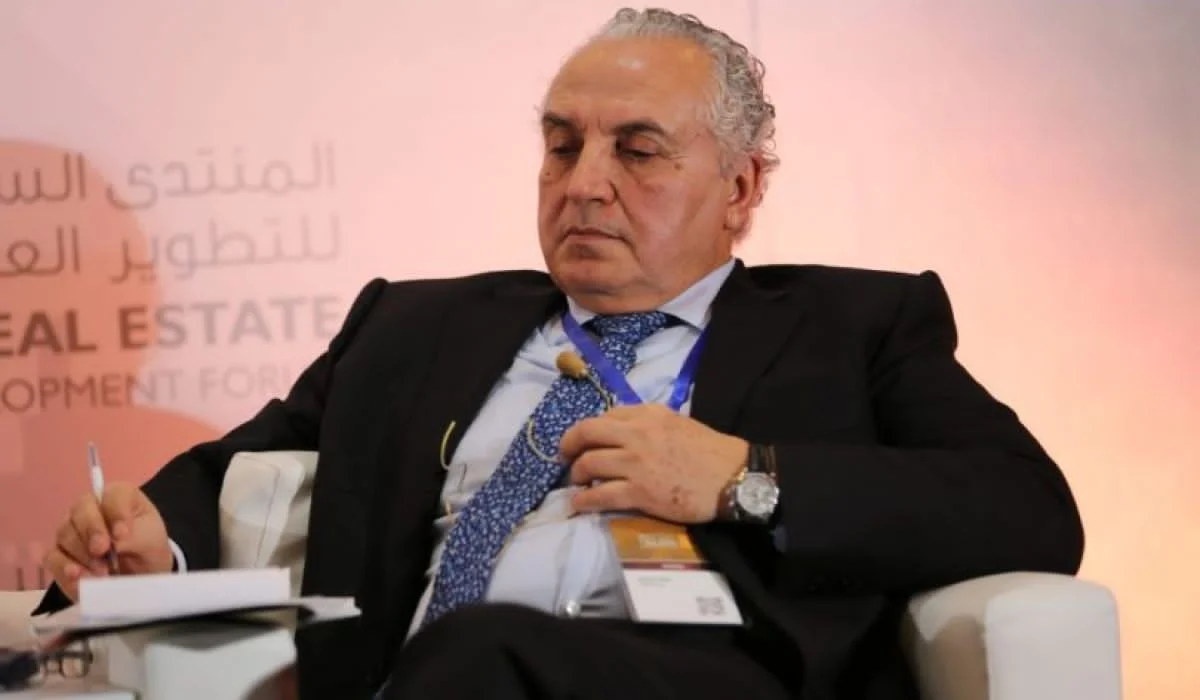Libyan businessman Husni Bey stated in an exclusive comment to our source:
“The Central Bank of Libya undoubtedly has the capacity to defend the dinar at any rate it deems appropriate. The bank possesses gold and currency reserves exceeding $90 billion (with gold reserves over $10 billion and dollar reserves amounting to $80 billion). These high reserve levels allow the Central Bank to safely reduce the dollar exchange rate to below 5.000 LYD, thereby strengthening the purchasing power of the Libyan dinar.”
He added: “Let us conduct a simple simulation. It can be said that the official and parallel exchange rates could drop by 250 dirhams for every 5% reduction in the fee. The Central Bank can defend the dinar at around 5.000 LYD/USD, even if this requires using up to $5 billion in reserves annually, with an oil price of $75 per barrel for several years.”
From the consumer’s perspective, Bey explained, a reduction in the exchange rate positively impacts prices and services in the medium and long term. Such a reduction could pressure the prices of durable and consumable goods to decline over time. However, in the short term (3 to 6 months), it may cause some disruptions.
In the short term, Bey highlighted that exchange rate reductions could create distortions in the overall economy, leading to losses for many service providers and suppliers. This may also reduce supply, causing an imbalance between supply and demand, which could temporarily drive prices up instead of down due to traders’ reluctance to lower prices.
However, he emphasized that prices will stabilize and decrease in the medium and long term, likely beyond seven months. Economic balance is always governed by the “supply and demand” equation—if supply decreases, prices will rise even if the exchange rate drops.
Regarding the phased reduction of the fee by 5% or its potential cancellation by the end of the year, Husni Bey noted that this creates uncertainty among traders and speculators. As a result, traders may hesitate to import, and suppliers may cease deliveries, leading to reduced availability of durable and consumable goods. This decline in supply, coupled with steady demand, could drive prices up in the short term, further fueling inflation for 3 to 6 months.
He elaborated: “The mere suggestion of reducing the fee by 5% since mid-October 2023 and talks about canceling it entirely by 15% at the end of December 2023 alarm suppliers, discouraging them from taking risks. This is expected to shrink imports, with losses of around 5% by December 2024 and up to 15% in the first quarter of 2025 for those importing now at a fee-inclusive rate of 15%.”
In conclusion, he stated: “Reducing the exchange rate or the fee remains positive in the medium and long term (beyond seven months), even if it has negative effects in the short term, up to six months. The success or failure of monetary policies ultimately depends on fiscal policies and government spending. The government must avoid ‘expanding public spending,’ ‘financing budgets through deficits,’ and should adhere to the Central Bank’s monetary policies to defend the exchange rate determined by its board of directors.”
He concluded by saying: “My personal opinion is that the ideal rate the Central Bank can defend without depleting reserves is 6.000 LYD/USD. If public revenue is supported through reserves, the Central Bank could defend a rate below 5.000 LYD/USD, provided oil production exceeds 1.3 million barrels per day, gas production surpasses 1.4 billion cubic feet per day, and oil prices remain above $75 per barrel.”






